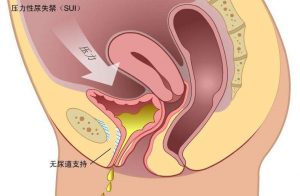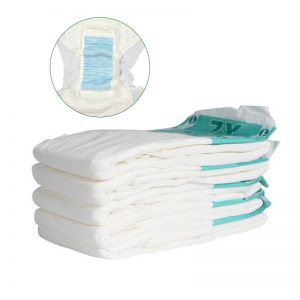Are You Clear What is Incontinence? 4 Types of Incontinence
Since the 20th century, incontinence has been one of the five most common diseases in the world. According to relevant statistics, as many as 13 million people in the United States suffer from urinary incontinence, which affects about 10-15% of the elderly aged 65 and above.
Most incontinence patients, out of shame, unwilling to tell their families. And, because of the irritant of urine, don’t deal with in time bring about skin festers infection.
Once I didn’t know anything about incontinence, but unfortunately, last year my grandmother had a stroke and was paralyzed. In order to take care of her, I began to understand this disease.

There are four types of incontinence: Stress Urinary Incontinence, Functional Incontinence, Overflow Incontinence and Urge Incontinence.
Stress urinary incontinence is the most common incontinence in women. It is usually the result of pelvic floor muscles stretching after childbirth, weight gain, or certain surgeries. As a result of bladder, pelvic floor muscle weakness and other physical reasons, when the abdominal pressure on the bladder suddenly increased, it will lead to urine leak, such as cough, sneeze, laugh.
People with functional incontinence often have some kind of cognitive impairment that prevents them from urinating properly. It is common in patients with senile dementia, even though the muscles controlling urination function is normal, but due to the impairment of cognitive function, the muscles cannot be controlled consciously, resulting in involuntary urine overflow.
Overflow incontinence is usually due to weak bladder tension or urethral obstruction, which causes urine to overflow when the bladder is full. Patients often feel that the bladder is never completely empty, each time the process of urination is long and difficult, and still feel uncomfortable after urination. Such incontinence patients need to go to the hospital as soon as possible;
Urge incontinence causes a strong urge to urinate and leakage of urine. This type of incontinence occurs so quickly that the patient does not even have time to enter the bathroom. Usually, the instability of the bladder and detrusor, such as hyperreflexia, spasms, dysregulation, etc.
What should patients do?
1. Pay attention to diet and reduce the intake of stimulating food and drinks (such as chocolate, wine, carbonated drinks, etc.);
2. Daily care, through “Kegel” exercise to strengthen the function of bladder, prevent and improve stress incontinence;

3. Female incontinence can use estrogen replacement therapy to supplement the lack of estrogen in menopausal women, to prevent and treat senile vaginitis, stress urinary incontinence, coronary heart disease, osteoporosis, etc.
4. Proper use of incontinence supplies: such as incontinence nappies, underpads.
There are many brands of incontinence products in the market. My grandmother often uses Medicare®, which is well absorbed and breathable. If necessary, you can also order.

